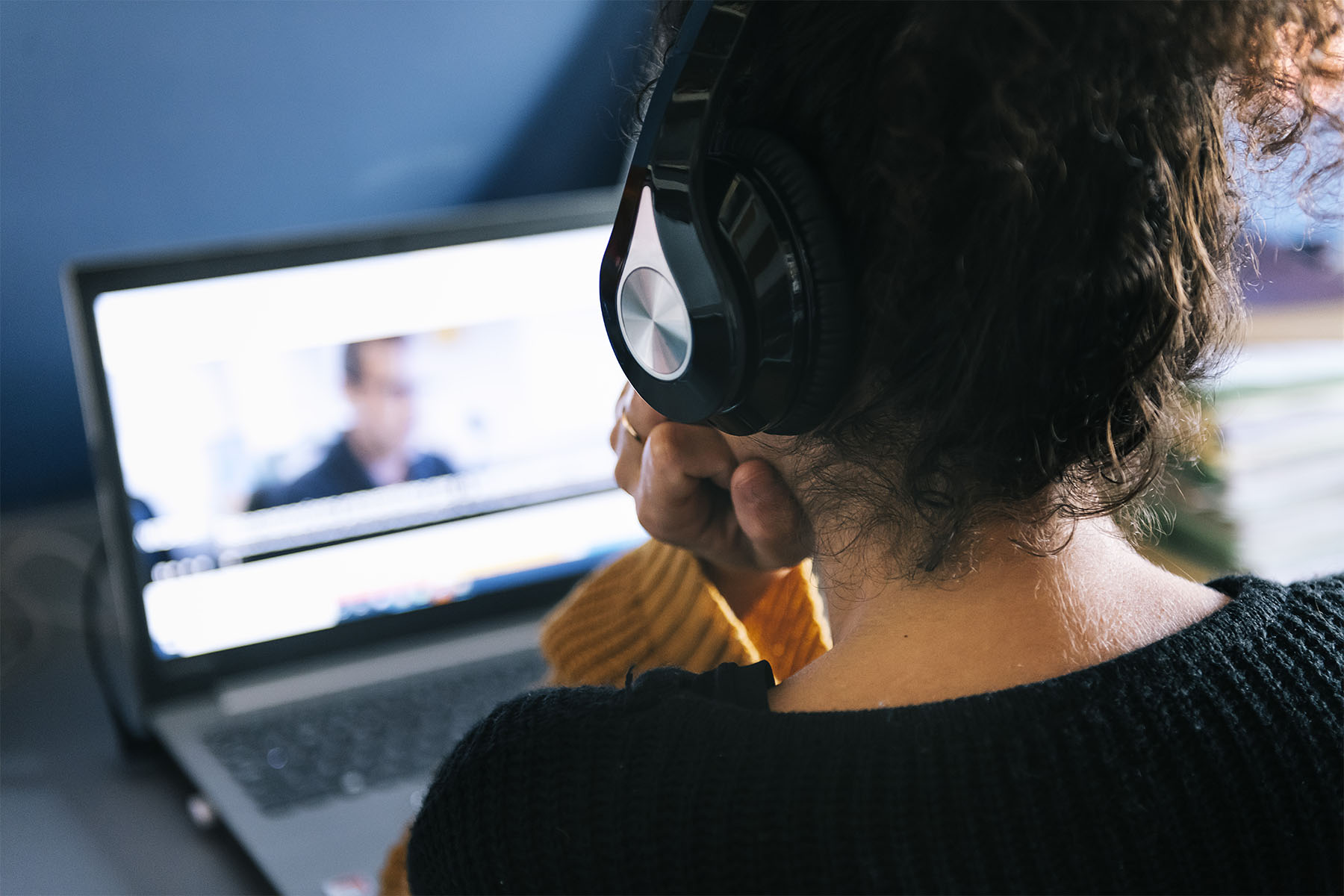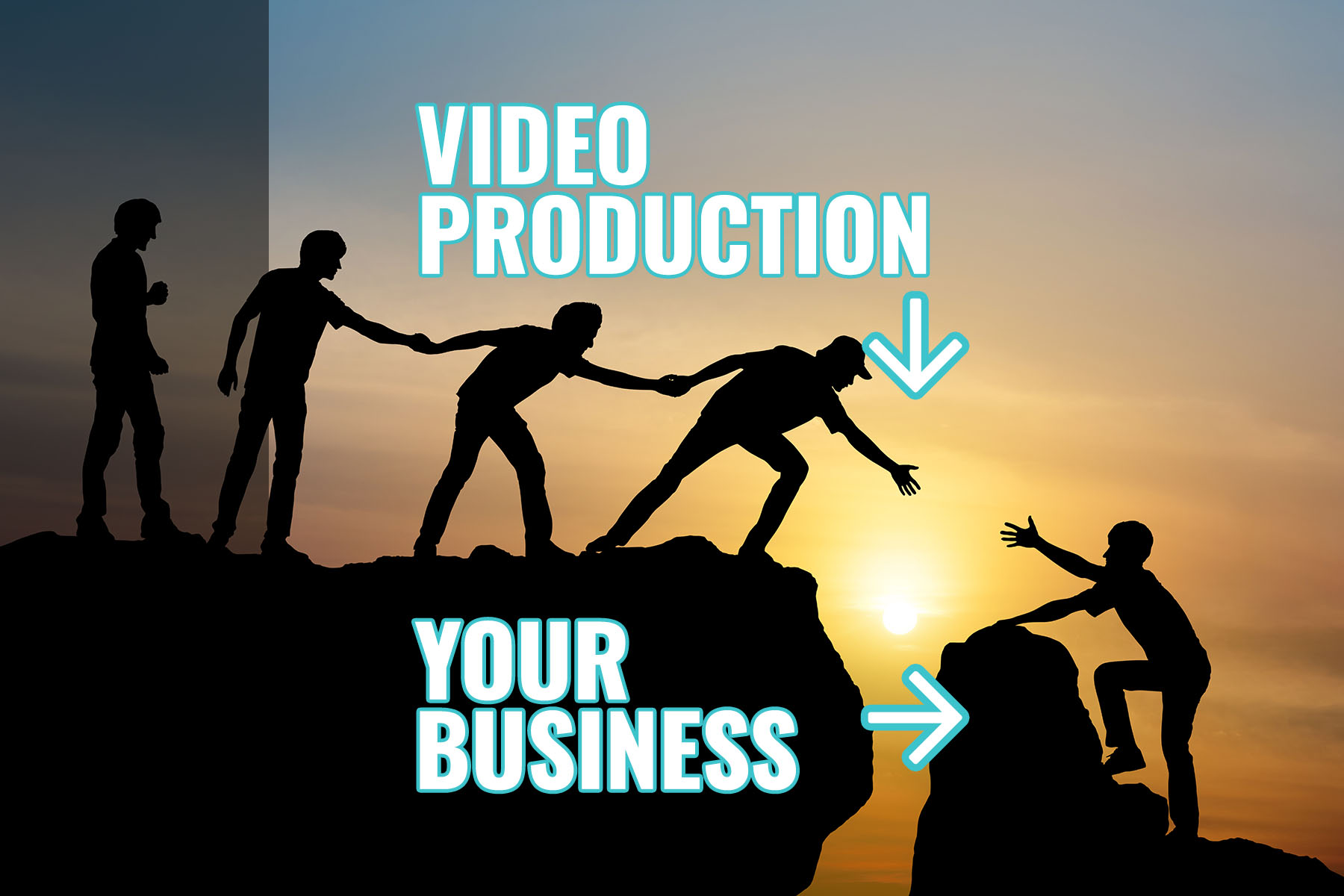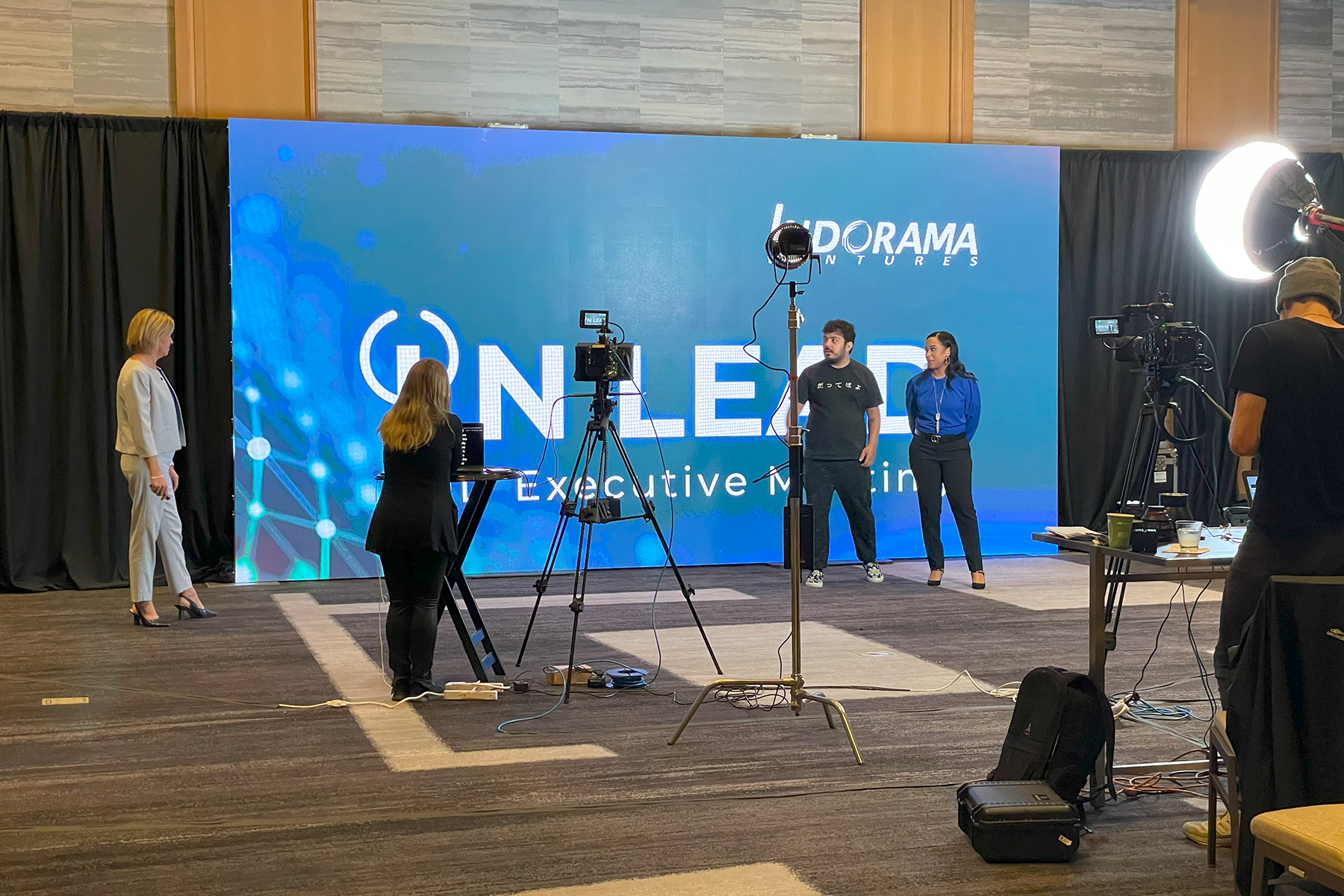We’re excited to share our music video editing process with you by showcasing the steps and techniques we use to bring our clients’ music videos to life. With years of experience in the industry, we have the expertise to take your raw footage and turn it into a polished, visually stunning final product that’s sure to impress.
A Quick Look at Post-Production
The post-production process for a music video project is a demanding and intimate set of procedures. Post-production can be lengthy for most video projects, including lots of details. The best music video editors are patient, detail-oriented, and highly disciplined.
It’s a tedious process.
As far as labor hours, it can take anywhere from 6 to 20 hours to deliver a top-quality music video edit, even more time if animation and advanced visual effects have to be composed and implemented. Depending on the project’s complexity, for every second of the final video, anywhere from 10 minutes to 2 hours of labor can go into the editing process. Again, more time if advanced visual effects (VFX) are implemented.
From trimming and cutting footage to adding transitions, visual effects, titles, graphics, and sound effects, every step we take is thoughtfully executed to create an engaging music video.
Let’s go over the process.
Data Management
Transferring Video Files
First and foremost, we need to export our footage from the storage device (usually the camera or memory cards) to our video editing workstation. This may seem like a light task, but it takes time, the right equipment, and, of course, storage space.
4K video files are HUGE.
A one-minute clip of Apple ProRes quality footage can contain over six gigs of data. While this may not seem like much, most of the videography projects we undertake result in 100’s of clips. Clearing memory cards can sometimes take hours. Even with Class 10 SD cards, SSDs, and even SDXC cards, file transfers are anything but instant.
I’ll explain it in terms of popular mobile devices; an Apple iPhone 14Pro has a maximum storage capacity of 256GB, or about 40 minutes of Apple ProRes or Canon Cinema Raw quality footage. Forty minutes of footage is nowhere near enough storage capacity for a professional music video shoot that includes retakes, different looks, multiple angles, and B-Roll.
Once we’ve moved the files to the workstation where the edit will occur, the next task would be to backup and organize the video clips.
Organizing Video Clips
Everything Has Its Place!
Organizing music video clips is the biggest hassle but provides the greatest value. It’s one thing to have a small project with maybe 13 clips in total, but it’s an entirely different beast to have 186 video clips to identify, describe, and catalog for later use.
Adobe Bridge is a big help, but that’s a lot of content.
For example, in a music video, we’ll capture lots of B-Roll in the form of clips of the artist, certain people, places, things, and everything the artist wants. This is in addition to the shots we have on our shotlist and any retakes.
The accumulation of video content can creep up like a rising tide on your video editor, which is why the practical organization of video clips is a crucial part of editing a music video.
Its Best to Name Specific Folders & Clips
In most cases, if the music video files are efficiently organized into descriptive folders, naming the clips individually isn’t necessary. Again, “the biggest hassles can provide the greatest value” concept applies.
With that scenario in mind, we feel that exhibiting competency means having the ability to go right to the folder where the clip’s located, and provide it directly to our client in short order as opposed to digging through hundreds of clips looking for a “needle in a haystack.”
That would be a hideous task!
A complete lack of organization would force the editor to watch all 186 music video clips to find one in particular. It would involve writing 186 new file names and leaving 186 notes. Sure, the NLE would have video preview thumbnails, but to get things right, you must watch it to know what’s in it.
Organizing files into thematic folders is one way to reduce labor. This process should be completed during the data management phase. It’ll be much easier to organize files into theme-based folders while the music videographer still has the project fresh on their mind.
On high-budget sets, entire crews are assigned to data management. We use other methods involving timecodes and slates on projects of this magnitude to keep footage organized.
The benefits of such an organizational effort are easy to realize.
The hidden jewel of this process is the opportunity to filter out bad footage which shouldn’t be used. In addition, the footage elimination process is a great help once we graduate to editing the music video. By eliminating useless or bad footage, we know that we’re working with the best clips, and we know their content.
Syncing Video with Audio
The Magic of Making Music Videos Work!
This process is never cut and dry.
I’ve noticed that humidity affects sound with some cameras and camcorders. When we record a music video in a humid environment (Houston, TX), we find the audio and video duration are slightly different. When we film in a controlled environment, the video and audio files tend to match.
If the audio file is off (off meaning slower or faster) by a few milliseconds versus the video, (or vice versa) you can have a situation where you see the artist moving their lips in one direction while the lyrics of the audio have taken on lives of their own.
Fixing this problem is simple in most cases, but some music video editors only detect the problem once their video is nearly complete. Then they don’t fix it because they’ll have to practically dismantle the board or almost completely redo the edit by adjusting the timing throughout the entirety of the sequence. This is why we believe there are so many music videos with poor audio/artist synchronicity.
In some cases, having flawed audio that’s to be matched to a performing artist on video can add hours to the video editing process. The longest it has ever taken us to sync bad audio to video was 2-4 hours, but in most cases, it doesn’t add as much time to the editing process.
This phenomenon of poor audio synchronization even occurs in music videos for major labels, and we’ve even seen the problem on newscasts. This isn’t true all the time, but it’s not rare. Look closely at the person in videos you watch from now on; you’d be surprised when you find how often their lips don’t match the audio.
Moving on.
Once the most accurate synchronization of the artist and audio is complete, we start the process of editing the music video.
Editing the Music Video
Adding Transitions, Titles, Graphics & VFX
Since we have the artist & music synced, b-roll footage organized and identified, and a general idea for a “look,” we can focus on the nuances of the music as a guide for a creative edit.
We focus directly on music when deciding where to place our cuts, subtitles, VFX, graphics, and other video effects. When we’re telling a story using the artist’s lyrics with b-roll and their performance, matching the tempo allows us to marry the video to the music in unique and illustrative ways.
An excellent music video edit can take days’ worth of hours-long sessions until that “right feel” is realized. Then, we can advance to polishing the video by perfecting each one of what can be hundreds of cuts and effects to give the music videography project “pop” and appeal.
We don’t forget about the client review aspect of the project.
If VizTV Media Services is your music videographer, we’ll send you a rough cut of the music video after each editing session. Keeping our clients and talent in the loop is the best way to complement the music video and to ensure that we’ve met all expectations.
Color Correction & Color Grading
Color grading is the process of adjusting the colors in a video to create a specific mood or style. A color grade can be applied to the footage in-camera or during the editing process using specialized software to manipulate the colors in each frame of the video.
In music video production, color grading is a great process for matching the video’s visual style to the tone and feel of the song, creating a cohesive piece.
For example, a music video for a moody, atmospheric song might demand desaturated colors and cooler tones, while bright, saturated colors that feel fun and lively are ideal for an upbeat pop song.
Our goal is always to create a color palette that supports the overall aesthetic and narrative of the production, which is an essential part of the editing process.
We use a variety of techniques to color-grade videos. This includes adjusting the brightness, contrast, saturation, color balances, and hues. Overall, color grading is an important process we use to add quality, a polished look, and an aesthetically pleasing visual experience.
The Final Production
Once the final cut of the music video is complete, it’s submitted to our client for approval. Once the final cut is approved, meaning no changes are needed, we’ll provide final master copies of the production to our client. During this phase, we’ll need to know how to format the final file(s).
Music videos are usually published on YouTube, so no specific format is required.
In other cases, a specific format or codec may be required for Blu-Ray discs, television, streaming, or social sharing. Therefore, when applicable, it’s always important to inform the videographer/video editor of any required format outputs.
Since video files are so large, it is not uncommon for raw files to be deleted once their usefulness has passed. So, be sure to get it right the first time!
Have a Music Video Production Idea?
Call Us Today! Let’s Discuss the Project!
At VizTV Media Services, we provide our clients with a fantastic experience. We’ll help you bring your music to life with an awesome music video production.
If you have questions about the process of producing a music video or would like to speak with a videographer about your project, call us at 713-443-7578 or click here to send us a message.
Our Music Video Editing Process
VizTV Media Services
About The Author










